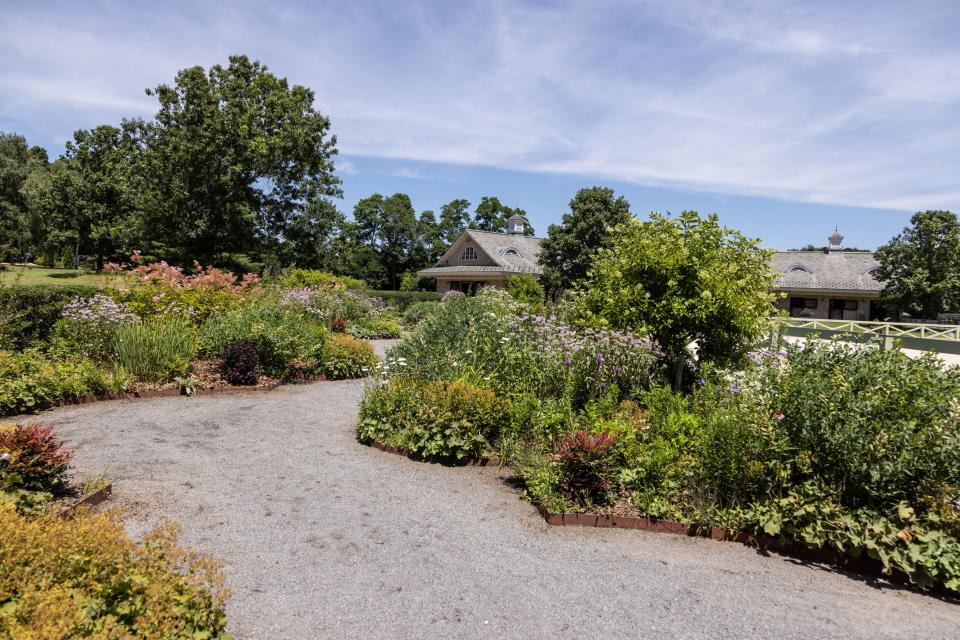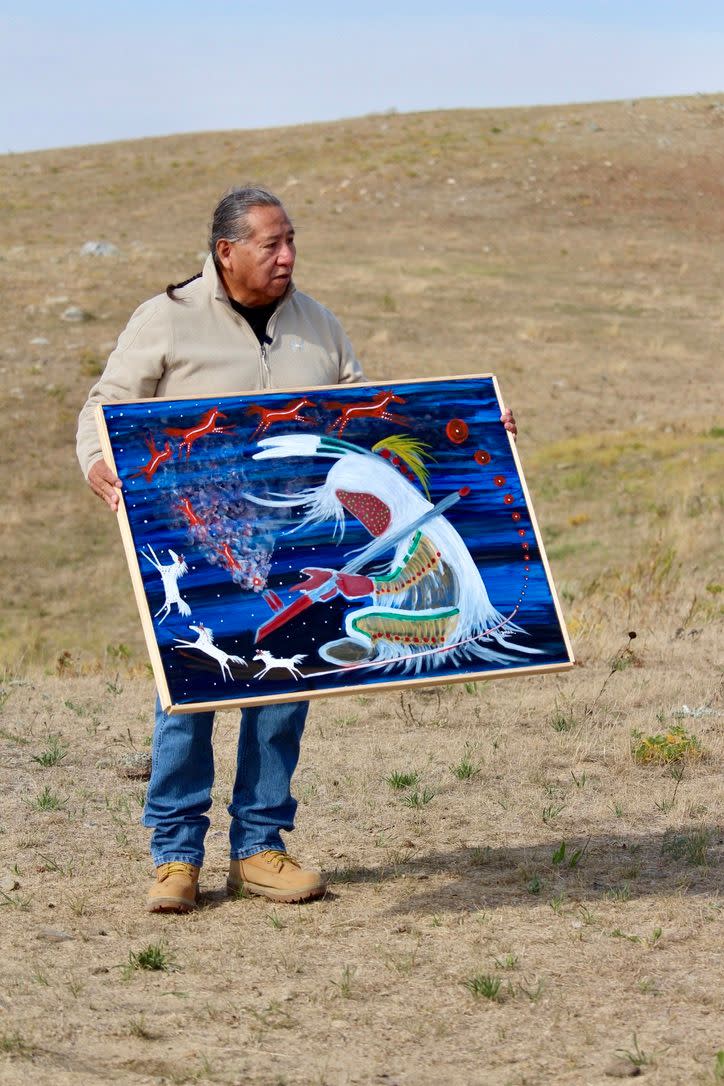How ‘Rewilding’ Horses Became a Fashionable Climate Solution

If regenerative agriculture is buzzy, then soon to follow are conversations on “rewilding.” But what exactly is rewilding, and why should fashion care?
“Rewilding is bringing things back to an original state of being,” said Manda Kalimian, founder of Cana Foundation, a horse rewilding nonprofit.
More from WWD
Though seemingly a new grassroots movement — with Americans inspired to stop mowing their lawns in favor of a more biodiverse landscape amid the climate-strained reality — it’s always been around. Rewilding is what Native science calls “TEK,” or “traditional, ecological, knowledge.” According to a June 2021 report from the United Nations, 1 billion hectares of land (roughly the size of China) will need to be restored and rewilded for the sake of the planet’s biodiversity.
Kalimian reiterated, “Rewilding just reaffirms traditional, ecological knowledge.”
And it’s a big job. Based on a 16-acre farm in East Norwich, New York, the Cana Foundation has for 17 years set out to conserve and restore the North American landscape through rewilding initiatives, underwriting wild horses as a keystone species that make a positive climate impact by trudging and grazing the land to restore biodiversity. Kalimian founded the organization to bring awareness to the slaughter of wild horses, and since then her organization has influenced legislation, funded research, mobilized Indigenous thought-leaders and injected newness that even Gen Zers have gotten onboard with in an ambassador program called “Generation Cana.”

At the start of the 20th century, an estimated 2 million wild horses roamed America’s ranges, according to the Department of the Interior’s Bureau of Land Management. By March 2022, that number had fallen to 82,384 wild horses and burros, the bureau estimates. Though the language in the report has since changed tone from the ’90s (when herds were being “disposed of in various ways”), horses are still relocated via off-range pastures, off-range corrals, adoptions or sales, roundups and fertility control or “other activities” to prevent range deterioration from herd overpopulation. Budgeting for fiscal year 2021 was $112 million.
“Specifically the wild horses [show us] that we need to take care of the land,” Kalimian added. “Horses play a critical role as a keystone species in bringing biodiversity back. Growing grass is a key component to capturing carbon.”
Cana Foundation works with tribal nations and native communities to set the parameters for its rewilding projects. Three projects are in store this summer, including one in Idaho, and others are planned for the Standing Rock Reservation bordering North and South Dakota, as well as another project in North Dakota.
How projects take shape is unique. In one example, Cana works with Ron and Carol Brownotter, owners of the largest buffalo ranch on Standing Rock Reservation. Together they will bring horses to the land alongside the buffalo and monitor the growth of the native grasses in grazing efforts. The goal is to bring together rewilding science and TEK principles to create sustainable rewilding practices and regenerative agriculture through wild nature that horses are helping to grow. The project will incorporate youth programs and native plant species, traditional knowledge from elders and ceremonial practices.

Rewilding is also making its way into policymaking.
In its 2020 appropriations bill, the Department of Interior recognized “rewilding” and wild horses as “one of many herd management strategies” encouraged at no cost to taxpayers. Cana is collaborating with researchers at the University of Toulouse to prove that wild horses are an integral part of developing biodiversity, while also putting grant money toward DNA research at the McMaster University in Ontario, Canada, to validate the importance of horses in the natural ecosystem.
In March, rising musical talent and Queens, New York, native Danny Singh released “Sensorama,” with songs such as “God’s Favorite” metaphorically tied to horses. He is one of the Gen Zers promoting Generation Cana. Singh’s work spans fashion projects, songwriting and advocacy.
“We all share this planet, so I wanted to be part of spreading a message to save this planet….I came up with ‘Revolt, Rewild and Reflect.’ Those are the three emotions I’m trying to evoke through my music,” he said.
The music is a blend of punk, electronica and pop, meant to take listeners for a ride (so to speak). In Cana campaigns, Singh can be see in a “futuristic cowboy hoodie,” in his words, riding a horse in the sunshine. Speaking of the album, he expanded: “Sensorama probably takes place in 2050 with flying horses….The last song is heaven, and sitting around looking at the wild horses….We’re rewilding man.”

Best of WWD

 Yahoo Movies
Yahoo Movies 
